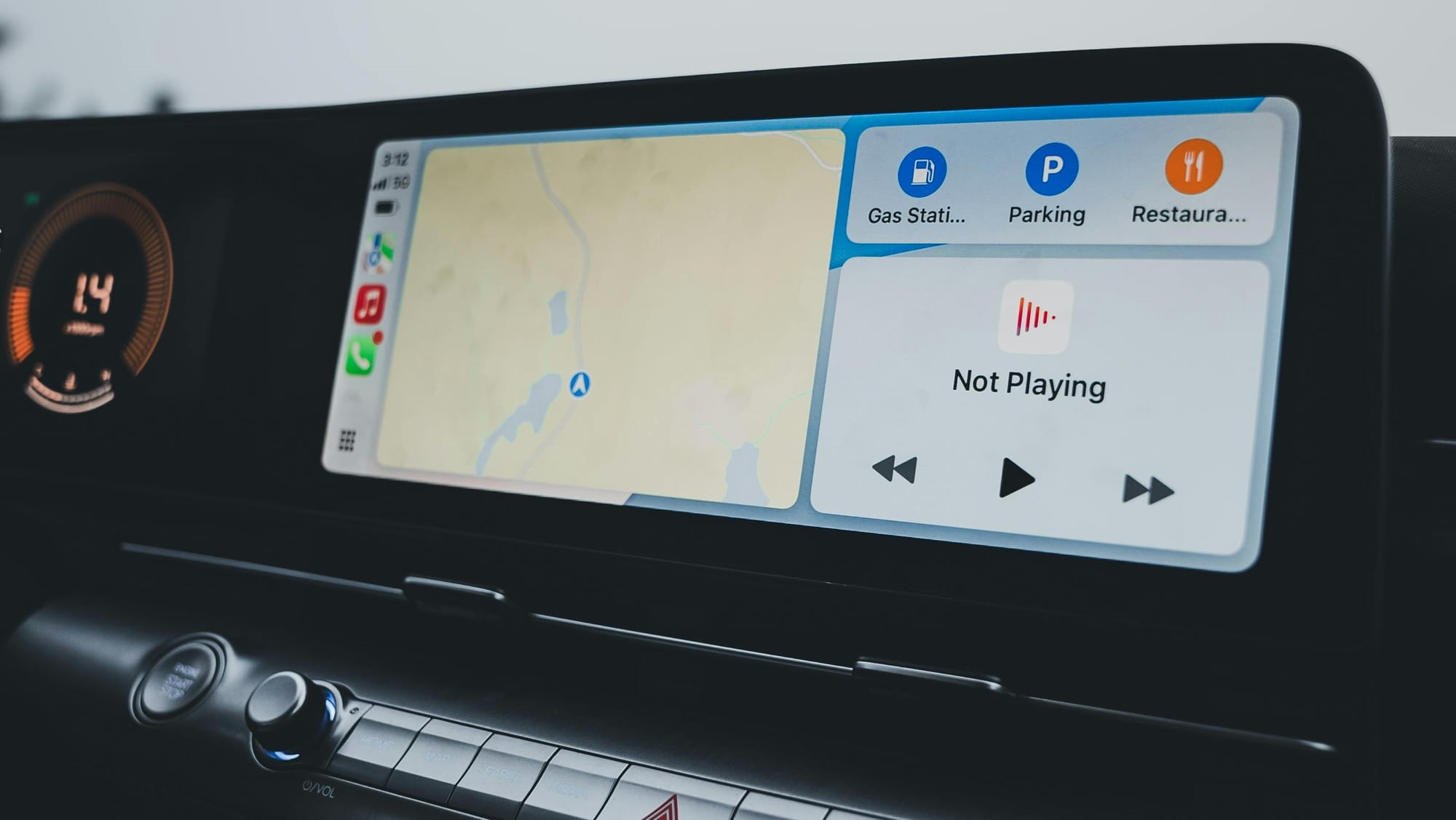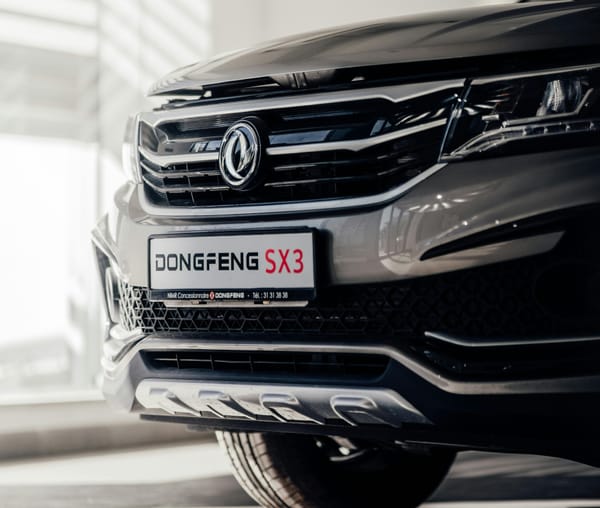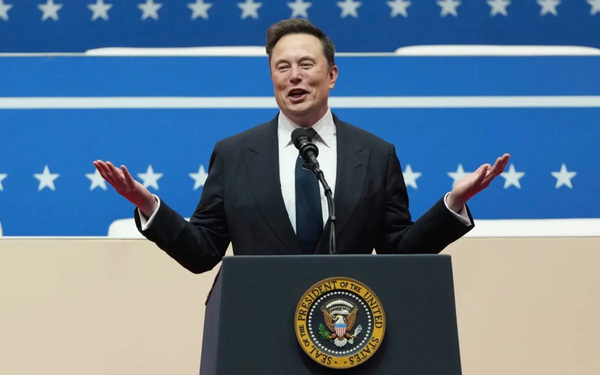Why Car Companies Should Stop Chasing Apple—and Start Thinking Like AWS
Major automakers are pouring billions of dollars into proprietary in-car operating systems, infotainment dashboards, and “software-defined vehicles.” Their goal? To control the driver experience, monetize software subscriptions, and reduce reliance on Apple and Google.
It’s an expensive mistake.
Consumers have already chosen their preferred interface—their smartphones. Apple CarPlay and Android Auto dominate, with surveys showing over 80% of car buyers prioritize phone integration. Only 35% of drivers are willing to learn an automaker’s infotainment system.
Meanwhile, the real software war isn’t happening inside the car—it’s in fleet management, logistics, and energy integration. This is where automakers should be focusing their efforts, yet most are missing the opportunity.
The $13 Billion Problem
Volkswagen’s Cariad division is a case study in why automakers struggle with software. Launched in 2020 with $13 billion in funding, it was meant to build a proprietary OS that would rival Silicon Valley’s tech giants. Instead, it became a cautionary tale—software delays pushed back VW’s vehicle launches by nearly two years, triggering executive shake-ups and a $5 billion outsourcing deal with Rivian.
Ford, too, has stumbled. Its Sync infotainment system, developed with Microsoft and later BlackBerry QNX, was plagued by usability issues. Now, Ford is charging customers for software updates, a move that has drawn consumer backlash. General Motors has taken a similar approach, announcing plans to remove Apple CarPlay and Android Auto from future models in favor of its own system.
The reality? Consumers don’t want another subscription service from their automaker—they just want their phone to work in the car.
Where the Real Money Is
Instead of fighting a losing battle for dashboard dominance, automakers should focus on fleet management, logistics software, and energy services—areas that generate billions in recurring revenue and align with the future of mobility.
- Fleet Management Software Is Booming:
The global fleet management software market is projected to grow from $24 billion in 2024 to over $116 billion by 2032, a CAGR of nearly 18%. Companies like Samsara, Geotab, and Fleet Complete are capturing massive market share, while automakers are largely absent from the space. - Tesla’s Playbook: Software & Energy > Cars
While traditional automakers struggle to monetize software, Tesla has already cracked the code. Its energy business boasts profit margins exceeding 30%, higher than its automotive margins. Over-the-air (OTA) updates allow Tesla to roll out new features and security patches without requiring new vehicle production, a massive cost advantage. - Amazon’s AWS vs. Apple’s iPhone
Automakers want to be Apple, controlling every element of the user experience. But Apple’s success is built on consumer loyalty and app ecosystems, something automakers will struggle to replicate. Instead, they should be looking at Amazon’s AWS model—providing cloud infrastructure, software solutions, and B2B services that scale beyond individual car sales.
Winners vs. Losers in Automotive Software
✅ Winning Strategies:
- Tesla → OTA updates, high-margin software sales, energy storage integration.
- Rivian → Fleet-focused software, proprietary charging network.
- BYD & NIO → AI-powered infotainment, Battery-as-a-Service (BaaS) subscriptions.
- Fleet Software Giants (Samsara, Geotab, Fleet Complete) → Capturing billions in enterprise subscriptions while automakers ignore them.
❌ Losing Strategies:
- Volkswagen → $13B Cariad failure, now forced to outsource software to Rivian.
- Ford → Sync backlash, now charging for updates, pushing users toward Apple CarPlay.
- GM → Eliminating CarPlay despite consumers’ clear preference for it.
What Automakers Should Do Next
- Stop competing with Apple and Google for the consumer dashboard. Consumers have spoken—they want CarPlay, Android Auto, or seamless phone integration.
- Invest in B2B software—fleet, logistics, and vehicle-to-grid energy services. This is where high-margin, recurring revenue lies.
- Think like AWS, not Apple. Build platforms, APIs, and data services that integrate vehicles into enterprise solutions.
The future of automotive software isn’t in flashy infotainment screens—it’s in the invisible, high-margin systems that power fleets, logistics, and the energy grid. Automakers that recognize this shift will dominate the next decade. Those that don’t will continue burning billions chasing the wrong game.
🚗 Want to be the next Apple? Good luck. Want to be the next AWS? Now we’re talking.







